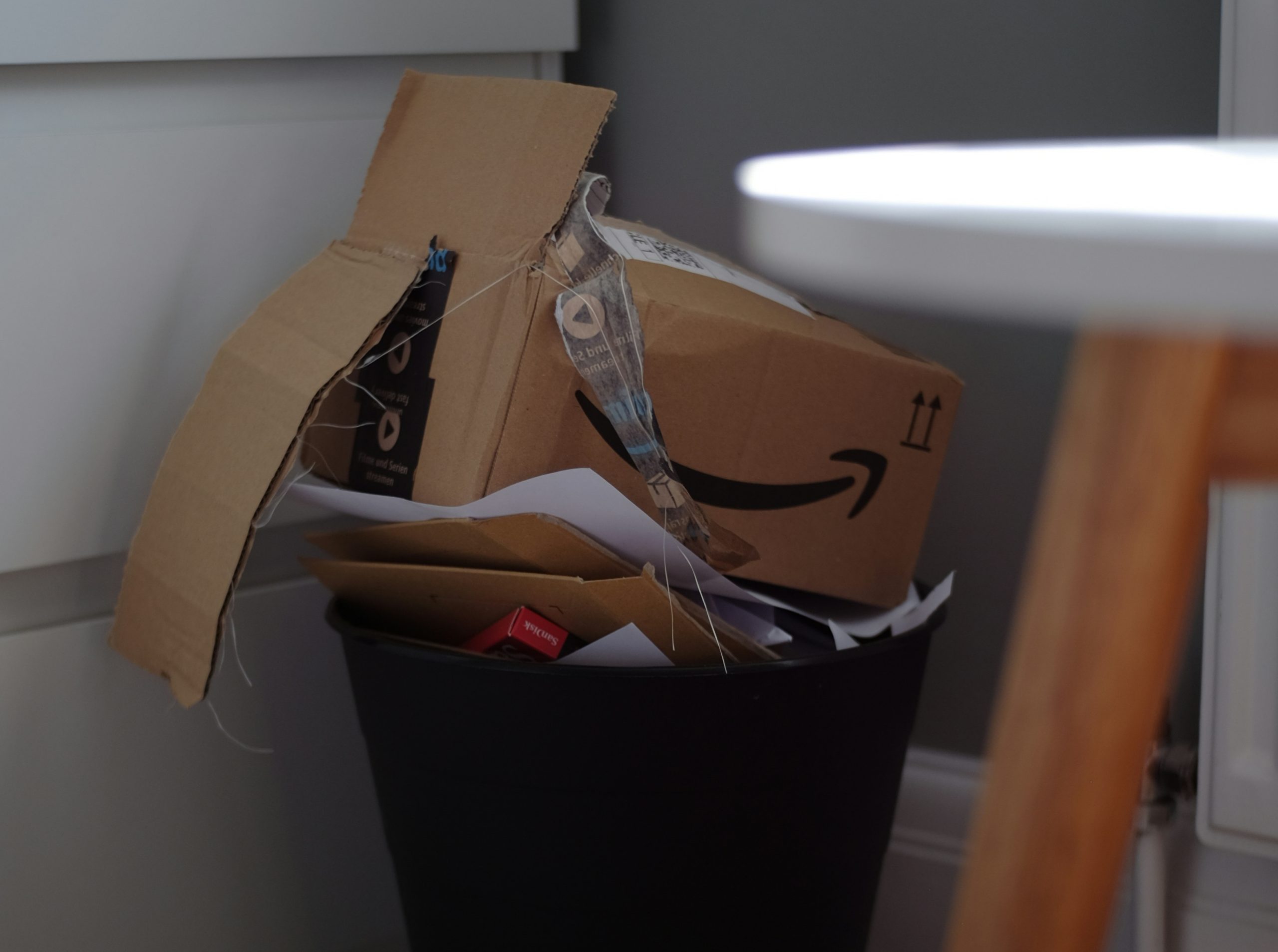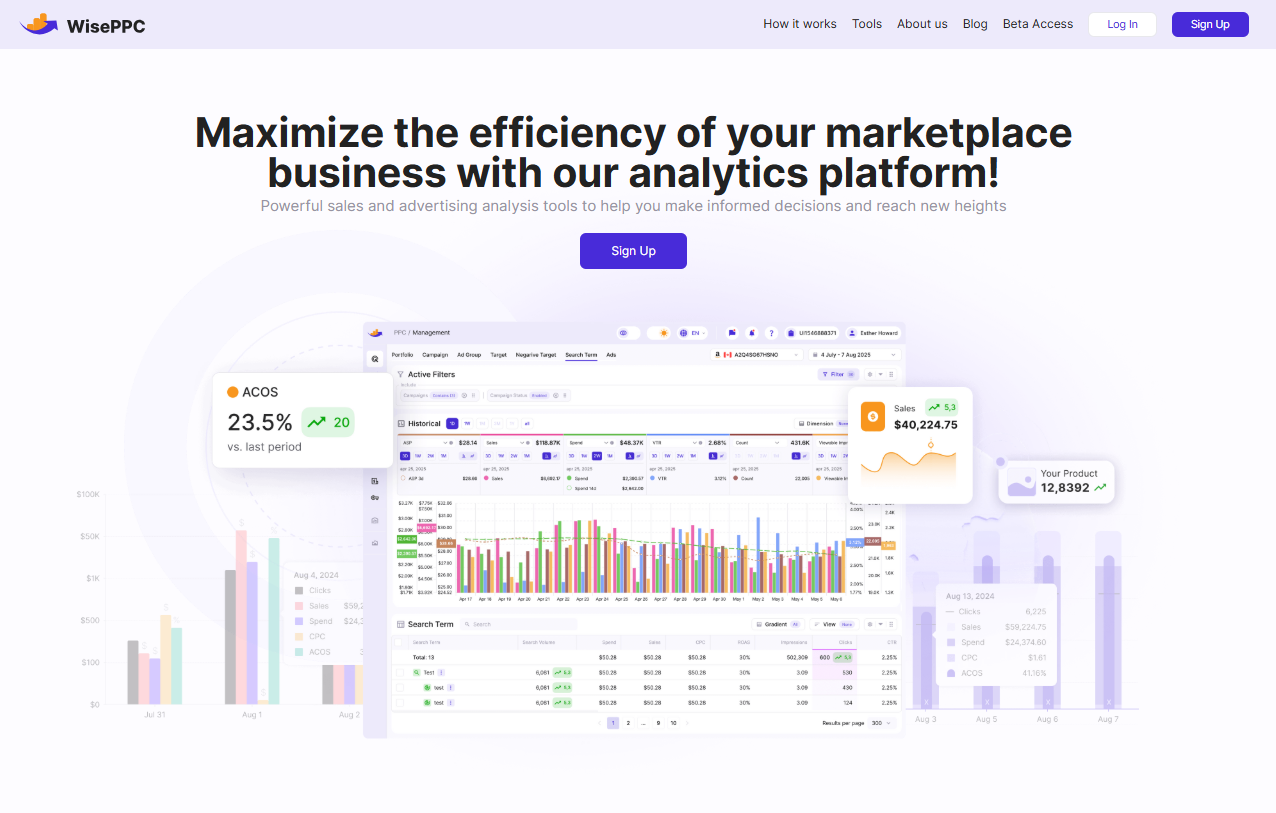Why Are People Boycotting Amazon: What’s Behind the Scene?
If it feels like more people are starting to ditch Amazon lately, you’re not imagining it. The world’s biggest online retailer has found itself at the center of a growing wave of consumer backlash and it’s not just about fast shipping or late packages. From how the company treats its workers to the way it handles taxes and social issues, many feel Amazon has crossed too many lines for comfort.
This article takes a closer look at why regular people – not just activists – are stepping back from Amazon and encouraging others to do the same. Some of the reasons might surprise you. Others, you’ve probably seen bubbling for years. Either way, there’s a bigger conversation happening here and it’s not just about where you buy your toothpaste.
The Bigger Picture: It’s Not Just About Packages
The recent boycotts aren’t just random protests or angry tweets. They’re part of a growing movement calling out Amazon for what critics describe as unchecked corporate power. Shoppers and organizers are saying that the company’s business practices are hurting more than they’re helping.
The concerns range from labor violations and tax avoidance to environmental damage and involvement in forced labor supply chains. And while these issues aren’t entirely new, they’ve recently been brought into sharper focus by organized efforts like the Amazon Blackout and growing criticism over the rollback of diversity and inclusion programs.
Who’s Organizing the Boycott?
One of the main forces behind the current Amazon boycotts is a grassroots group called The People’s Union USA, founded by activist John Schwarz. They’ve launched multiple coordinated “economic blackouts” in 2025, urging consumers to stop spending with Amazon and its affiliated businesses for a week at a time.
Their message is clear: if companies won’t listen to workers, regulators, or voters, they’ll listen when the money stops flowing.
Schwarz and the group have made it known that these boycotts aren’t just about political optics. The focus is on accountability for issues like unfair labor practices, wealth hoarding, and what they view as performative diversity initiatives that are quietly being rolled back.
The End of DEI Programs: A Breaking Point
In early 2024, Amazon removed language around diversity and inclusion from its annual report. An internal memo revealed that several of its DEI (Diversity, Equity, and Inclusion) initiatives were being paused or eliminated. Critics saw it as a step backward in a time when many communities are calling for more representation and equity, not less.
The move came amid broader political pressure. President Donald Trump’s administration had started dismantling federal DEI efforts, and large companies, including Amazon, followed suit. While Amazon didn’t explicitly tie its changes to political winds, the timing didn’t go unnoticed.
The DEI rollback became one of the key reasons cited by boycott organizers. For many, it wasn’t just a corporate decision. It felt like a signal that Amazon was no longer willing to invest in creating an inclusive environment internally or externally.
Labor Conditions: Speed Over Safety
Amazon’s rapid growth has relied heavily on an intense and fast-paced fulfillment system. But many of the people working behind the scenes to get your packages to your door are raising serious concerns.
Key labor complaints include:
- High injury rates in fulfillment centers.
- Lack of adequate breaks for warehouse workers and delivery drivers.
- Pregnant workers being fired or pushed out.
- Fear-based workplace cultures that discourage speaking up.
- Allegations of discrimination against Muslim employees for practicing their religion.
One especially concerning report involved Amazon’s warehouses in Ohio, where local emergency services have been overwhelmed by repeated calls due to worker injuries. Despite Amazon receiving millions in tax breaks, public services aren’t getting any extra support to keep up.
The Ethics of Tax Avoidance
While Amazon brings in billions in revenue, it’s been widely criticized for how little it pays in taxes. Critics argue that the company exploits legal loopholes to shift profits to tax havens like Luxembourg, reducing what it owes in the U.S., UK, and other countries.
For context:
- Amazon has avoided paying nearly $100 billion in taxes globally over the last decade.
- In 2019, the company reported £13.7 billion in UK sales, but filed approximately £5.5 billion, moving the rest offshore.
- Developing countries reportedly lose nearly $100 billion per year to corporate tax avoidance – money that could fund education, healthcare, and infrastructure.
Tax avoidance might be legal, but it’s increasingly seen as unethical, especially when those savings come at the cost of underfunded public services and deepening inequality.
Environmental Impact and Overconsumption
Amazon’s environmental footprint is another sore spot. Critics point to the mountains of packaging, aggressive delivery schedules, and encouragement of overconsumption through sales events like Prime Day.
While the company has pledged to become carbon neutral in the coming years, skeptics say the pace of its change doesn’t match the scale of its impact. Delivery vans running around the clock, single-use packaging, and a throwaway culture tied to rapid consumerism have all drawn environmental pushback.
For consumers trying to live more sustainably, Amazon’s business model feels out of step with those values.
Child Labor and Forced Labor in Supply Chains
One of the more disturbing revelations involves Amazon’s connection to forced labor in its supply chain. Investigations have revealed that:
- Amazon-linked factories in China used underage workers to meet production demands for devices like Echo Dots and Kindles.
- Teenagers were reportedly coerced into overtime shifts under threat of losing scholarships or failing school.
- Amazon was one of companies named in a 2020 report linking them to Uyghur forced labor in Xinjiang, China.
While Amazon later said it had stopped sourcing from some suppliers mentioned in the report, the fact remains: global supply chains are messy, and many consumers feel they shouldn’t have to second-guess whether their purchases are tied to modern slavery.
What’s Actually Being Boycotted?
It’s not just Amazon.com that people are avoiding. The boycott includes Amazon’s entire ecosystem, which is larger than many realize.
These services and companies are part of the boycott:
- Amazon.com
- Amazon Prime Video
- Amazon Music
- Amazon Fresh and Amazon Go
- Whole Foods Market
- Audible
- Twitch
- Kindle
- Ring
- Zappos
- IMDb
- Goodreads
- AbeBooks
- Shopbop
- Box Office Mojo
- Amazon MGM Studios
That’s a lot of digital and physical real estate. The goal of the boycott is to make a noticeable dent in usage and revenue across these properties, showing that ethical concerns aren’t limited to just where someone shops.
Is the Boycott Working?
That’s a tough question to answer in real time. These boycotts are often less about immediately hurting a company’s bottom line and more about raising awareness, shifting public behavior, and signaling to corporations that consumers are paying attention.
However, even small dents in revenue or shifts in consumer behavior can create pressure, especially if the public conversation grows loud enough to affect a company’s image or investor confidence.
A Smarter Way to Navigate Marketplace Challenges
As marketplace sellers ourselves, we understand how overwhelming it can be to operate within ecosystems dominated by giants like Amazon. That’s exactly why we built WisePPC – to help businesses take back control of their performance through smarter, clearer analytics.
We’re proud to be an Amazon Ads Verified Partner, but that doesn’t mean we turn a blind eye to the challenges sellers face. Our platform is designed to make sense of complex advertising data, spot what’s working (and what’s not), and give teams real-time visibility into their campaigns. Whether you’re running ads on Amazon or across multiple channels, our goal is to help you grow with intention – not guesswork.
By combining powerful automation with deep insights, we help sellers make decisions grounded in truth, not noise. Because whether you’re boycotting, building, or just trying to stay competitive, knowing what drives your results matters more than ever.
Final Thoughts
Boycotting Amazon is not a small ask. The company has made itself nearly indispensable in modern life. But for many people, that’s part of the problem. When one company controls so many pieces of how we shop, read, eat, and watch content, we lose choice, accountability, and transparency.
Whether you’re participating in the boycott or just trying to become a more informed consumer, the key takeaway is this: where we spend our money matters. It tells companies what we value, what we’ll tolerate, and what we won’t. Even small shifts can add up.
So next time you open that app or hover over the “Buy Now” button, it’s worth asking, what are we really paying for?
FAQ
1. Is this boycott just about politics?
Not exactly. While some people are definitely reacting to Amazon’s rollback of diversity and inclusion efforts, this isn’t just a partisan issue. The boycott also taps into long-standing concerns about labor practices, tax avoidance, environmental impact, and how much power Amazon holds across different industries. It’s more about corporate accountability than party lines.
2. What if I rely on Amazon for essentials?
Honestly, you’re not alone. Amazon has made itself almost impossible to avoid, especially in areas with fewer local options. If you can’t cut it out completely, that doesn’t mean you’re failing some moral test. Even small changes, like skipping Prime for a month or buying your next book from an independent shop, still send a message. It’s not about being perfect. It’s about being aware.
3. Does boycotting Amazon actually make a difference?
It depends on how you define “difference.” One person pulling back won’t tank a trillion-dollar company, but collective action changes the conversation. These boycotts raise awareness, push uncomfortable issues into the spotlight, and let companies know people are paying attention. That ripple effect can be more powerful than most folks realize.
4. Why are Amazon’s labor practices such a big deal?
Because behind every quick delivery is a human being under pressure to meet unrealistic demands. Reports of worker injuries, timed bathroom breaks, and constant performance monitoring have been surfacing for years. When the people keeping the system running are burning out or getting hurt, something’s off. That’s what a lot of boycotters are reacting to.
5. Is Amazon the only company with these issues?
Nope. Many large corporations face similar criticisms. What makes Amazon stand out is the scale. It’s not just a retailer – it’s a media company, a grocery chain, a cloud provider, a logistics machine, and more. When one company touches this many parts of your daily life, its behavior matters that much more.
Join the WisePPC Beta and Get Exclusive Access Benefits
WisePPC is now in beta — and we’re inviting a limited number of early users to join. As a beta tester, you'll get free access, lifetime perks, and a chance to help shape the product — from an Amazon Ads Verified Partner you can trust.
 No credit card required
No credit card required
 Free in beta and free extra month free after release
Free in beta and free extra month free after release
 25% off for life — limited beta offer
25% off for life — limited beta offer
 Access metrics Amazon Ads won’t show you
Access metrics Amazon Ads won’t show you
 Be part of shaping the product with your feedback
Be part of shaping the product with your feedback




